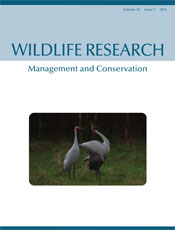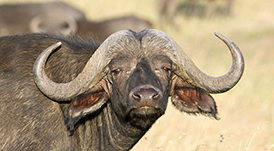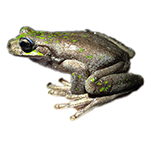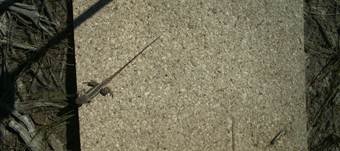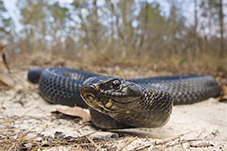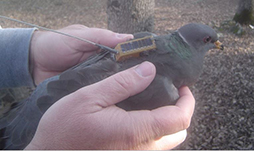WR14238Assessing capture and tagging methods for brolgas, Antigone rubicunda (Gruidae)
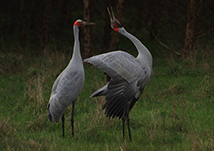
Researchers have an ethical responsibility to use, and report on, methods that minimise death and injury to study animals. We developed safe capture and tagging methods for an Australian crane, the brolga, after published methods proved ineffective or posed a welfare risk for this species. Use of call playback and taxidermy decoys with our noose trap design can reduce capture-related deaths and injuries to brolgas, and other crane species with similar behaviour. Photograph by Inka Veltheim.


